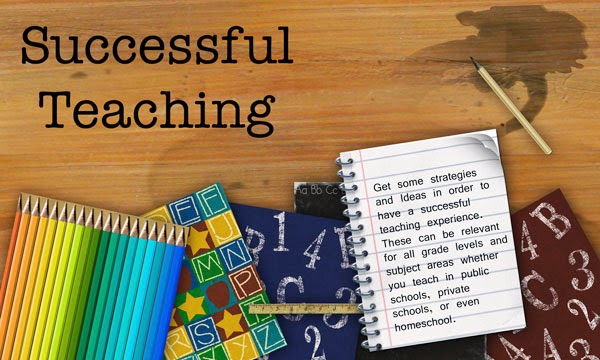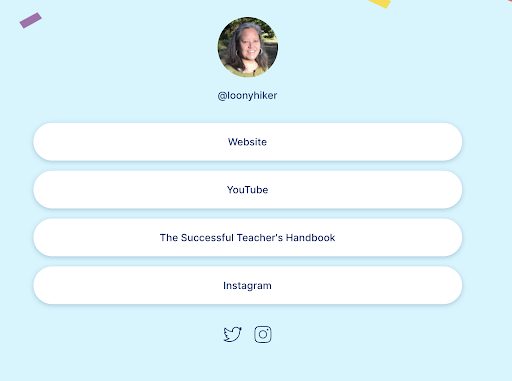This
week’s Teacher Feature is Steve Ahn. Steve and I worked together many years in
SC and I remember how much the students loved him. Recently our paths crossed
again and I was very interested in shining the light on him! I hope you enjoy
learning more about Steve and what he is teaching now.
1. What is your official title(s)
and what services do you provide?
Secondary Teacher - Holston High School, Damascus VA, Life
sciences
2. Would you describe your school
setting?
Rural -
300 students 9-12, this area was formerly tobacco and coal mining, but suffers
from a lack of opportunity right now similar to a lot of Appalachia. 50% free
lunch, 61% free/reduced
3. How long have you been
teaching?
21 years
I think
4. What ages/grades/subject did you
teach prior to this current assignment?
I've
taught middle and high school science - biology, ecology, physics, anatomy,
earth science, physical science, oceanography
5. What inspired you to become a
teacher?
My high
school physics teacher
6. What is the best thing that a
student has ever said to you?
I have
received the most amazing compliments through the years - the most impactful
ones are those that come back years later and say something like "not only
were you the best teacher I ever had, but you saw me as more than just a
student - you saw me as a human"
7. What do you feel is the most
difficult thing about teaching?
Pressure
from high stakes testing and then just culture issues (like poverty) in our students
8. What do you feel is the best
thing about teaching?
Never the
same day twice and one is fighting the good fight
9. What is the biggest issue in
education that you wish the state or federal government would address and
why?
So called
"accountability" that only looks at one metric - standardized tests -
we do not even attempt to collect real data like "how useful was x teacher
or x course or x school to student y's long term success as a functioning well
adjusted citizen?"
10. What piece of advice would you give to a new
teacher just starting out in their career?
Believe
in the philosophy of education and recognize that public schools are somewhat
sick right now ... public schools do a lot of things that run antithesis to
actual education
11. If money was no object, what would you want for
your school to help the students you serve be more successful?
What I
really want would take no money at all. Just freedom from inappropriate and
inaccurate accountability.
The other
thing I want (which does take money) is to be able to do many many field trips.
12. If you could have anybody in the world visit your
school (alive or dead), who would it be?
No one
really comes to mind - I would love to see my good friend Pat Hensley come by
and we could catch up and talk education :)
Thank you to Steve for this
interview. I can’t wait to come up your way to visit and catch up on
everything!







